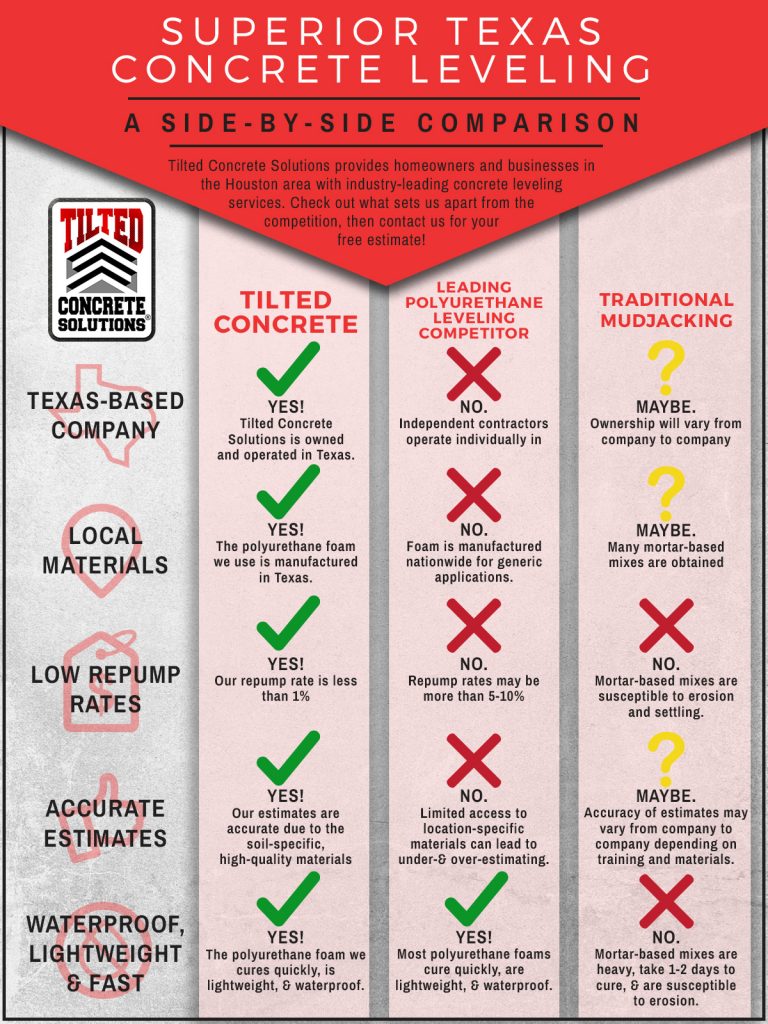Prepare Your Walls For Paint By Making Use Of Crucial Tips And Techniques That Make Sure A Perfect Coating-- Find Out The Important Actions To Elevate Your Task
Prepare Your Walls For Paint By Making Use Of Crucial Tips And Techniques That Make Sure A Perfect Coating-- Find Out The Important Actions To Elevate Your Task
Blog Article
visit the up coming website -Daugherty Lindberg
When you're prepping your wall surfaces for paint, it's important to adhere to a methodical process to make sure a flawless surface. Start by analyzing the wall for any kind of damage; this action can make or damage your job. As soon as you have actually recognized any type of problems, cleaning the surface appropriately is crucial, as a dirty wall can influence paint bond. After that, you'll require to patch any imperfections and apply a guide. But there specify strategies and pointers that can raise your preparation video game-- let's explore those more to achieve the most effective outcomes.
Assessing Wall Condition
Before you get your paintbrush, take a moment to analyze your wall surfaces' condition. Check for any type of visible damage like fractures, holes, or peeling off paint. These blemishes can impact how the paint adheres and looks once it's dry. If you notice any type of considerable damages, you'll need to prioritize fixings before diving right into painting.
Look carefully at the appearance of your wall surfaces. Is the surface area smooth, or exists appearance that might require unique factor to consider? Smooth wall surfaces usually call for much less prep, while textured surfaces may require more time to repaint evenly.
Likewise, think about the previous paint work. If the old paint is shiny, it mightn't enable brand-new paint to stick effectively. You'll want to know if your walls have actually been repainted with oil-based or water-based paint, as this can impact your choice of primer or paint.
Finally, remember of any type of moisture issues. If you see indications of water damages or mold and mildew, address these troubles promptly to stop additional problems.
Cleansing the Surface
As soon as you've evaluated the problem of your walls, the following action is cleaning up the surface area. Beginning by gathering your supplies: a container, warm water, a mild cleaning agent, a sponge or towel, and a scrub brush for harder places.
Begin at the top edge of the wall and work your method down. Mix the detergent with warm water in your container, then dip the sponge or cloth into the remedy. Wring it bent on stay clear of excessive moisture on the walls.
As you clean up, pay very close attention to locations that might've accumulated dust, grease, or fingerprints. For stubborn discolorations, use the scrub brush gently to prevent damaging the paint beneath. Wash your sponge or cloth frequently in clean water to avoid spreading dirt around.
After cleansing, it's necessary to wipe the walls with a damp fabric to get rid of any soap deposit. This step guarantees a smooth surface for the brand-new paint to stick to.
Permit the walls to dry completely before proceeding to the next prep work steps. This detailed cleaning procedure will aid create a fresh canvas for your paint job, ensuring the best results.
Patching and Priming
Patching and priming are important action in preparing your wall surfaces for a fresh layer of paint. First, evaluate your walls for any kind of holes, cracks, or imperfections. Utilize a premium spackling substance or patching paste to load these locations.
Use the substance with a putty blade, smoothing it out so it's flush with the bordering surface area. Permit it to dry completely, and then sand it gently until it's smooth and even.
When you've covered everything, it's time to prime. Primer assists secure the patched locations, guaranteeing the paint adheres properly and provides an uniform finish. Select Get Source for your wall type and the paint you'll be using.
Use the primer making use of a roller for bigger locations and a brush for corners and edges. If your patched areas are dramatically huge or permeable, you might wish to use a second layer of primer after the first one dries out.
After priming, allowed everything dry completely before going on to painting. This preparation will not only improve the look of your wall surfaces however also extend the life of your paint job.
Take your time, and you'll be pleased with the results.
Verdict
By following these basic actions, you can achieve a smooth and professional surface on your walls. Beginning by analyzing their condition, then tidy and patch any type of imperfections before using guide. Keep in mind to permit appropriate drying out time and guarantee whatever is smooth prior to you study painting. With the right preparation, you'll set the stage for a lovely change in your area. Currently, collect your supplies, breathe in the fresh air, and prepare to repaint!
